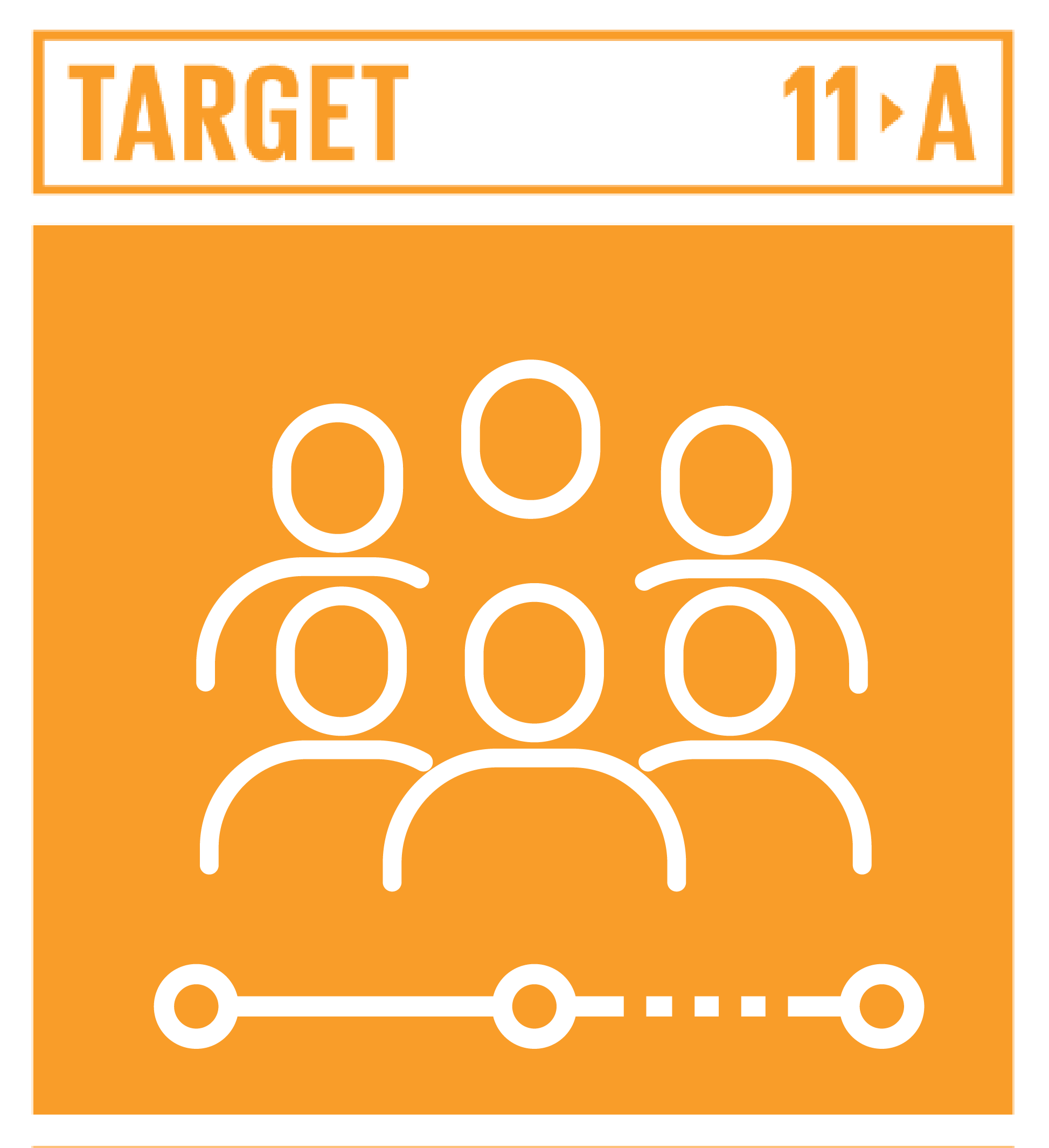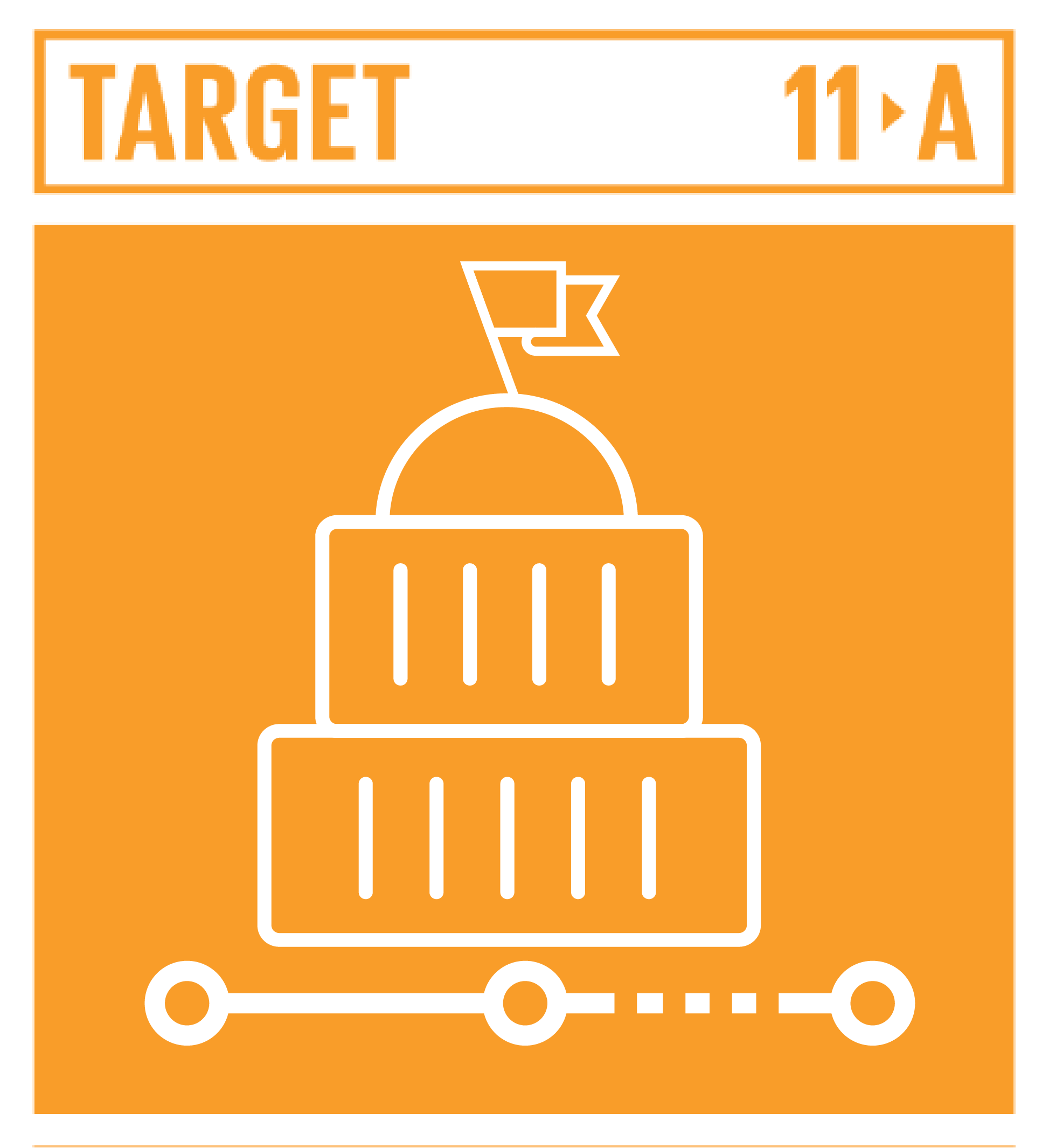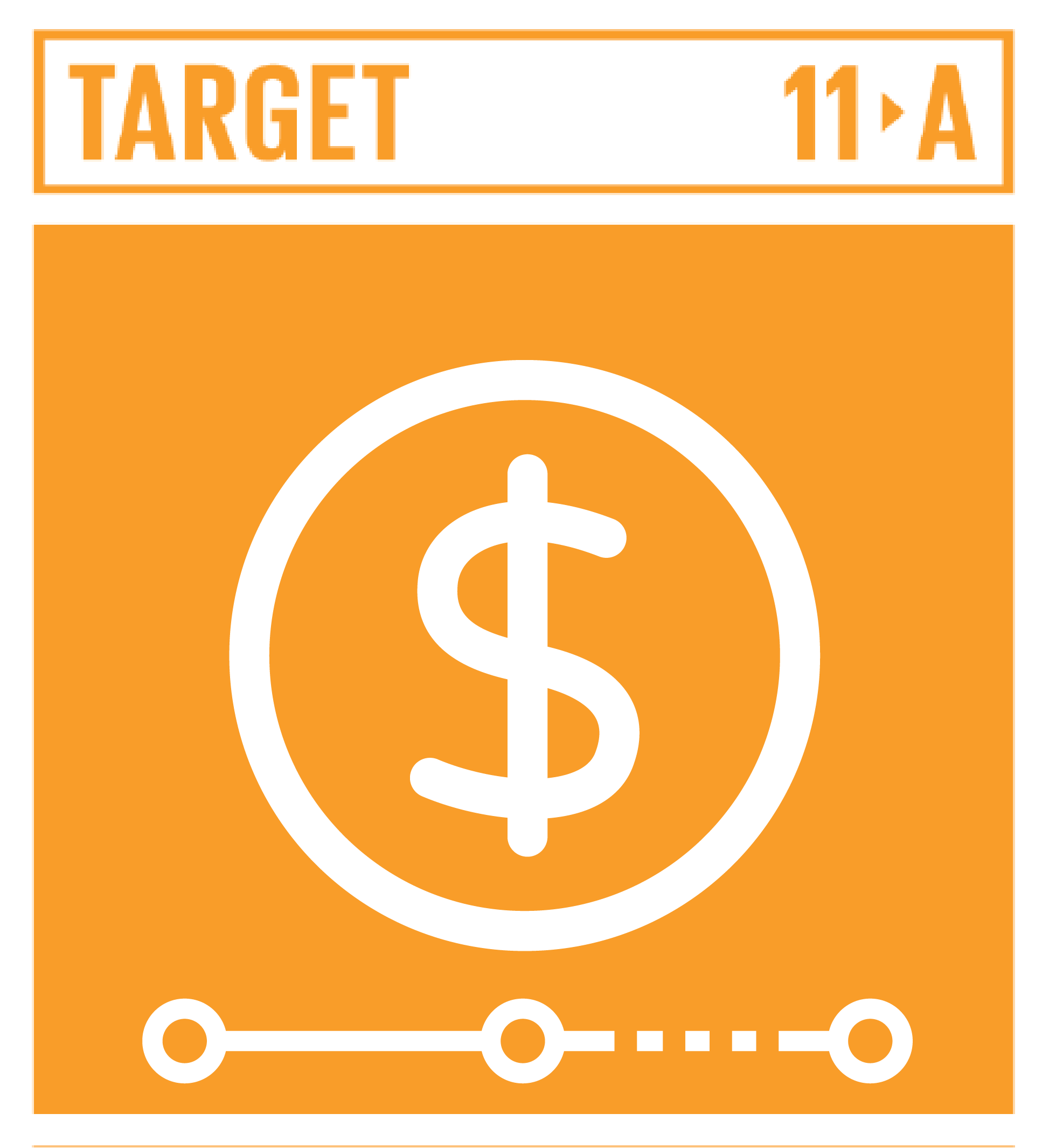Israel
A deep analysis of Israel National Urban Policy
Region: Asia & The Pacific

GDP per capita

Population (2016)

Population growth rate

Inflation Rate (2014)

Drinking water (rural)

Drinking water (urban)

Forested areas

CO2 emissions estimate

Labour force (females)

Labour force (males)

Female life expectancy

Male life expectancy

Unemp % of labour force

Urban population

Male education

Female education
Data presented above is obtained form 2018 NUP Database Booklet - (2018 WorldBank dataset), access it from the World Bank Dataset

TITLE OF NUP
Comprehensive NationalOutline Plan forConstruction (Partial)

STAGE OF NUP
Implementation Phase

LEADING AGENCY FOR URBAN DEVELOPMENT
Ministry of Finance- Israel Planning Administration (IPA)

TIMELINE
2005, Ammended 2016

FOCUS
The spatial plans aims to influence urban development. The plan focuses on three main areas: concentrated dispersion, spatial structuring of open space, and metroplotian structures
Thematic scope of Israel NUP

Thematic attention
Economic
Development

Thematic attention
Spatial
Development

Thematic attention
Human
Development

Thematic attention
Environmental
Development

Thematic attention
Climate
Resilience
Graphical Representation
Legend:
12=Extensive
8=Moderate
4=Low
0=No Information
Measurement of how Israel NUP fulfils
SDG 11.a.1 Qualifier

Population dynamics
The National Urban Policies for Israel, does respond to the population dynamics as an SDG11.a.1 qualifier. Israel NUP does focus on demographic trends and needs in their Implementation phase.
YES

Territorial development
Israel NUP does address a spatial coherent territory that includes a balanced system for human settlement. Cities and towns along the urban, periurban and rural continum is also focussed in the Israel NUP.
YES

Local fiscal space
Israel NUP does not address the local fiscal space as SDG.11.a.1 qualifier. Their NUP ensures that local governments have resources to carry out activities at the local level.
NO

